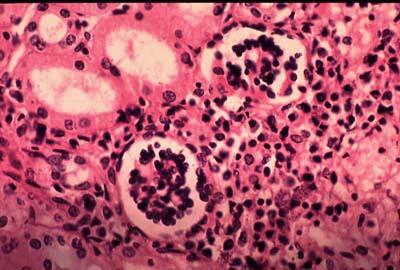
Authors of a new paper published today have used a mathematic model to show how tests able to diagnose cases of kala-azar earlier could help to prevent the spread of the disease and help achieve its elimination.
Kala-azar is the clinical manifestation of visceral leishmaniasis (VL), an infectious parasitic disease spread to humans through the bite of an infected sand fly. The disease, which disproportionately affects the poorest communities in endemic countries, was identified as an elimination target by 2020 as part of the London declaration on neglected tropical diseases (NTDs). A campaign to eliminate VL has been running in the Indian subcontinent since 2005, India is yet to reach the low levels of cases recorded in Bangladesh and Nepal in recent years. Using the example of the Indian State of Bahir, the paper looks at the difference in health seeking behaviour and time to diagnosis to assess the impact that early diagnosis may have on the numbers of cases recorded.
The most sensitive test currently available to identify the disease is the rK39 antibody test; however, a suspect must already have fever for 14 days before they can be tested with this diagnostic. The authors used a mathematical model to show that tests at an earlier stage in the condition, i.e. before 14 days of fever, could help prevent onward transmission of the disease and help to work towards its elimination.
The paper is part of a special supplement published in the journal Nature co-ordinated by the Diagnostics Modelling Consortium, of which LSTM is a member, and looks at how investment in diagnostic tests could save lives in relation to a number of different infectious diseases including malaria, TB and Ebola. The senior author on the paper is Dr Emily Adams, of LSTM’s Research Centre for Drugs and Diagnostics (RCDD), she said: “In the paper we explore the possibility of diagnosing patients before the clinical onset of kala-azar (before 14 days fever) and show that this could have a marked impact on reducing transmission of disease. Looking at the difference in prevalence within the three areas that were examined, it was clear that where the length of time between becoming infected and seeking medical intervention was shortest the most progress towards elimination is being made.”
The paper considers two interventions: reducing diagnostic delays in patients who already fulfil the kala-azar definition having had 14 days of fever and the introduction of novel diagnostics before that point. The authors also highlight the potential for rebound epidemics as the number of cases fall in a community, which in turn will reduce herd immunity, as well as looking at the profile of a diagnostic tool that would be needed for diagnosis and treatment prior to full kala-azar. Dr Adams continued:
“We found that by using a diagnostic test with high specificity we would be able to test and treat a proportion of VL patients most involved in transmission of disease. By diagnosing and treating this population, the goal of elimination would be reached quicker than using the current testing algorithm, showing diagnostics are key to the elimination of VL and other infectious diseases”
You can read the article here.